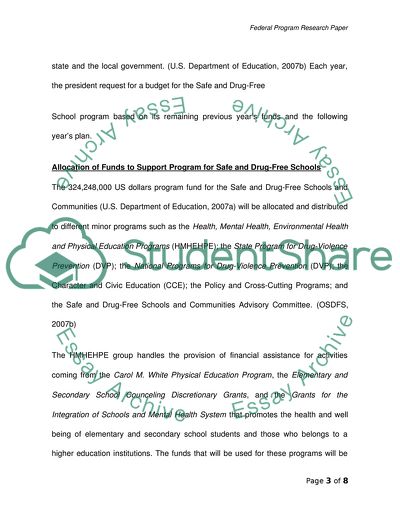Cite this document
(Funding Program for Safe and Drug-Free Schools Case Study, n.d.)
Funding Program for Safe and Drug-Free Schools Case Study. Retrieved from https://studentshare.org/social-science/1542411-federal-program-research-paper
Funding Program for Safe and Drug-Free Schools Case Study. Retrieved from https://studentshare.org/social-science/1542411-federal-program-research-paper
(Funding Program for Safe and Drug-Free Schools Case Study)
Funding Program for Safe and Drug-Free Schools Case Study. https://studentshare.org/social-science/1542411-federal-program-research-paper.
Funding Program for Safe and Drug-Free Schools Case Study. https://studentshare.org/social-science/1542411-federal-program-research-paper.
“Funding Program for Safe and Drug-Free Schools Case Study”, n.d. https://studentshare.org/social-science/1542411-federal-program-research-paper.


